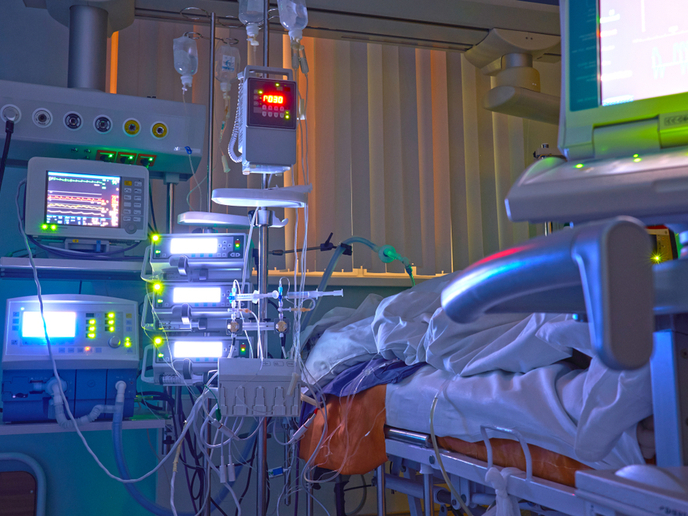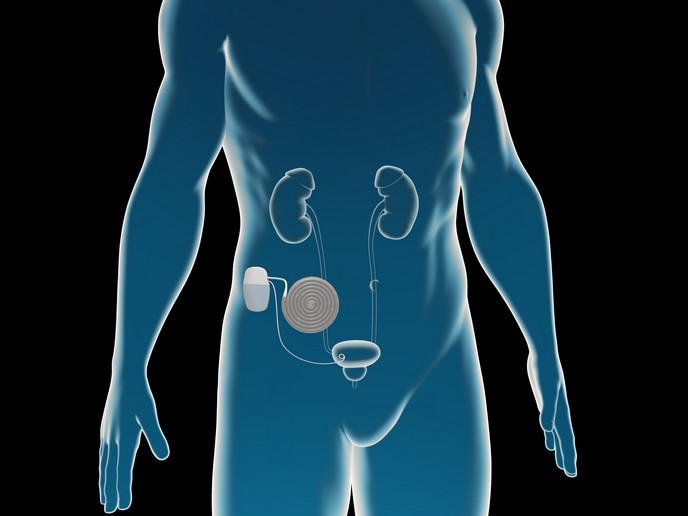Glucose to become an ICU vital sign through an intravascular biosensor
Giving the right insulin dose in ICU patients is critical and depends on frequent glucose level measurements. Intermittent measurements do not capture the changes in glucose levels reliably. Moreover, continuous glucose monitoring in unstable ICU patients has proved challenging, with existing sensors being unreliable or difficult to use in the clinic. Most continuous glucose monitors employ subcutaneous sensors, which measure interstitial glucose which often differs significantly from blood glucose in ICU patients.
Novel arterial sensor for continuous glucose monitoring in the ICU
To address this significant problem, the EU-funded GlucoSet(opens in new window) project developed the first arterial glucose sensor that provides continuous glucose monitoring. “Most patients get stress hyperglycaemia or ICU diabetes, but the optimal insulin dose changes from hour to hour and patient to patient. Our sensor will allow ICU staff to monitor glucose levels continuously, so everyone can get the amount of insulin they need while in the ICU,” explains Nicolas Elvemo, project coordinator and CEO of GlucoSet AS. The sensor is based on patented proprietary technology and uses a smart hydrogel material with a glucose-binding molecule, which changes in size when blood glucose levels change. It contracts when glucose molecules enter and expands when they leave. The hydrogel sits on the tip of an optical fibre that can measure the diameter of the gel by an interferometric technique(opens in new window). Changes in glucose concentration cause the hydrogel volume to change, causing its diameter to change accordingly. The sensor can measure nanometre changes in the gel, providing an accurate glucose estimate in seconds. GlucoSet sensor is extremely small and can connect easily with patient arterial catheters without disrupting their other uses, providing real-time glucose levels on a monitor. It is minimally invasive and safe, offering nurses and physicians the opportunity to react to changing glucose levels before they become harmful. A major breakthrough in the sensor architecture is its robustness against drugs, metabolites, and temperature and pH fluctuations. Ongoing project activities are now focusing on the integration of the GlucoSet sensor into the workflow of the ICU to help glucose become the fifth vital sign.
Marching towards clinical validation
According to Elvemo, “the most significant achievement of the project was the transformation of GlucoSet AS from a technology-developing to a medical device company able to operate in this highly regulated space.” This gives partners the opportunity not only to manufacture medical products but to test them in patients as well. Preclinical results have shown that GlucoSet sensors offer high accuracy, particularly in the low blood glucose ranges, which is essential for tight glucose control. This is an important feature(opens in new window) of any glucose measuring device, especially in the context of intensive insulin therapy. Although clinical validation of the GlucoSet system in patients is pending, partners are confident that securing future funds will support the generation of a commercial version suitable for clinical use. Implementation of the biosensor in the ICU will have a socio-economic impact, helping to improve patient outcome and reduce healthcare costs.







